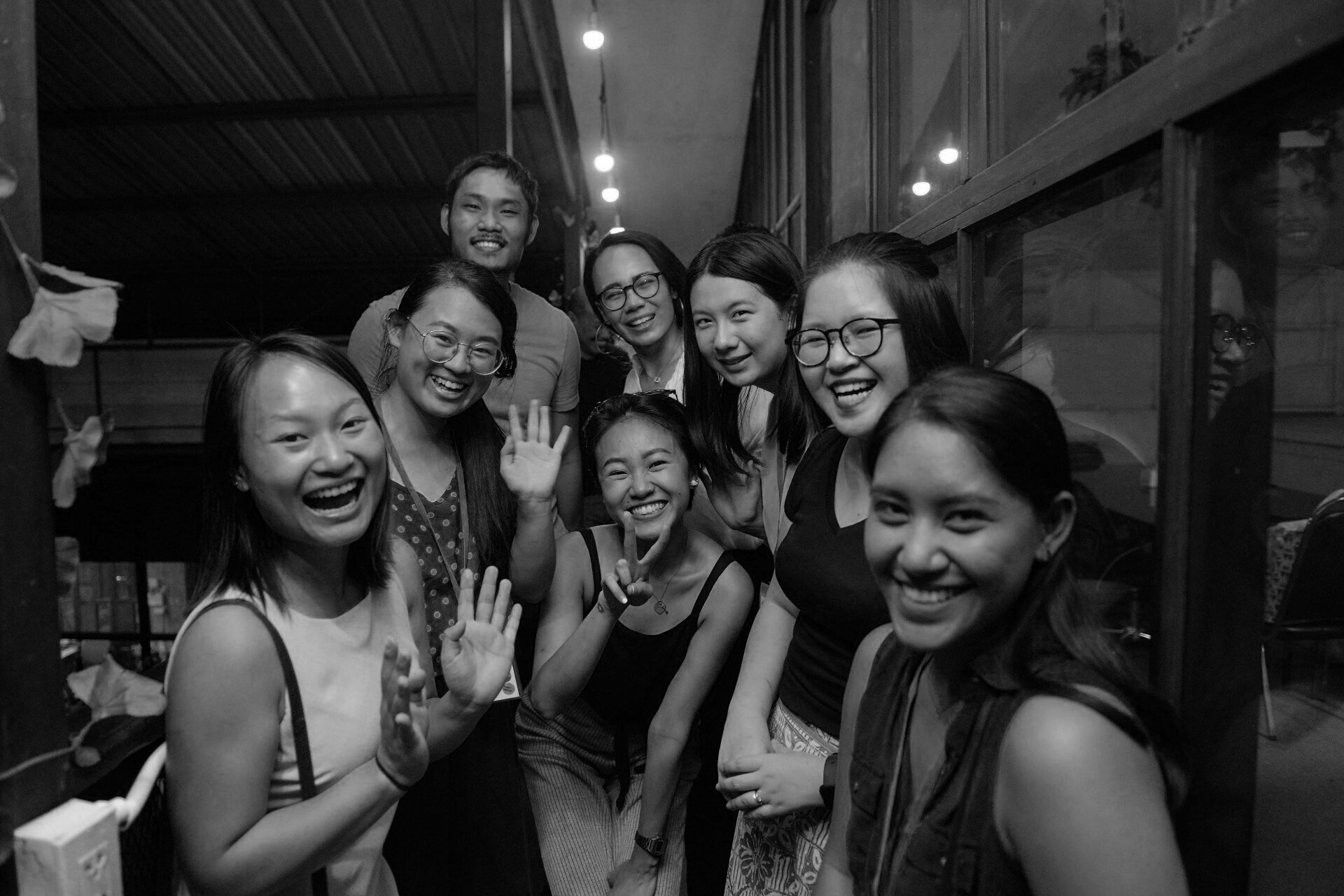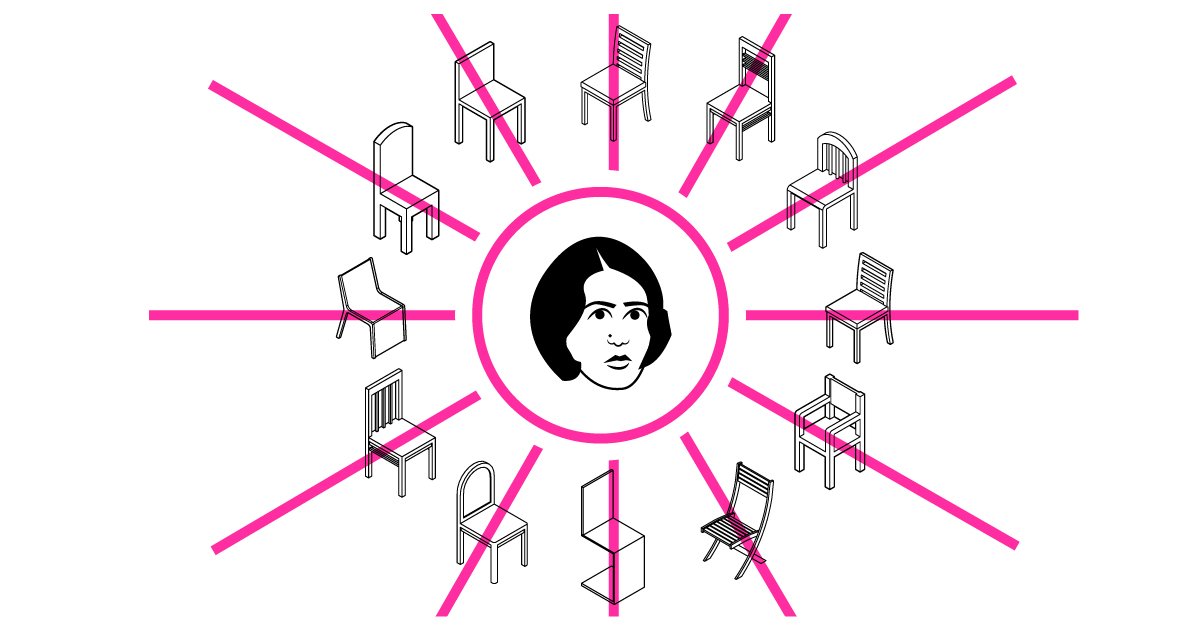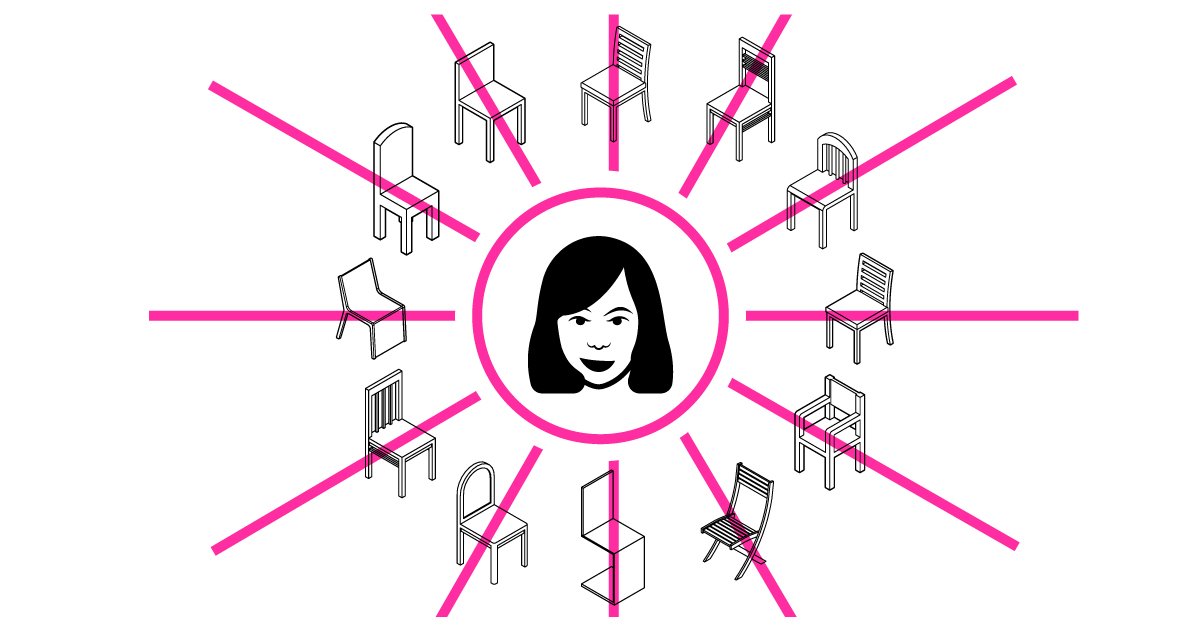
Splice stories
Read, listen, and watch our reporting on the transformation of media in Asia.
Three new episodes from Splice Pink, our podcast of quick conversations across the media ecosystem
Other ways to listen and subscribe
Malaysiakini spent two decades fighting for Malaysia’s democracy. With the opposition in power for the first time since independence, what comes next?
As the granddaddy of digital news in Asia, Malaysiakini needs to figure out what happens after the dream comes true.
Pear Video has all the basic tenets of journalism in place — without the journalists.
Pear's growing network of 30,000 videographers produces hundreds of news videos a day across China.
Seeking a wider readership, The Australian reaches out to Chinese readers Down Under.
The national broadsheet is the first major commercial outlet to offer news in a language other than English.
Japan’s NHK is putting an AI-powered cartoon anime on air to read you the news. ??♀️
This is the national broadcaster's contribution to automated journalism.
SCMP’s Gary Liu is betting on tech to transform the business. This is how they’re deploying it.
A proprietary data warehouse, automated reporting algorithms, and a new third-party business intelligence platform. And Liu is only half-way through his roadmap.
Erin Cook’s newsletter is brash, funny, and an indispensable guide to Southeast Asia news.
Sometimes if you can't find what you want, you'll just have to write it yourself. This is how one Australian journalist is building a community around her newsletter.
Hong Kong’s investigative news startup FactWire has a radical approach to ‘collective journalism’: no editors.
Non-profit FactWire takes a surprisingly counterintuitive approach to journalism in the digital age. But it works.
Where are all the fellowships and grants for journalists in Asia?
You can look. But there's a dearth of Asian-led programs to support journalism. Here's why.
Mediati is forming an army of content makers to shake up South Korea’s staid media landscape.
The accelerator is teaching journalists that startup success requires more than producing compelling content.
How Australia’s Stockhead uses the best of digital marketing to build a niche audience of stock traders.
Custom audiences, re-targeting, lookalikes. Not the kind of stuff you'd hear in a newsroom. That's the difference.
Can a large publication operate successfully with one person acting as publisher, editor and a writer? Asia Times is finding out.
Uwe Parpart wears many hats — even moonlighting as a strategist at a financial advisory firm — but says his unusual combination of jobs isn’t problematic.
A new project aims to tackle Myanmar’s tone-deaf coverage of women by giving journalists access to a database of female experts.
The country’s media are among the worst offenders when it comes to excluding women’s voices.
For the past decade, Bengaluru’s crowdfunded Citizen Matters has been getting its readers to report on civic issues. This is how it works
“Mainstream media did not cover these issues in detail. We wanted to give people access to this kind of information.”
Coconuts, once a fast-growing BuzzFeed-style site in Asia, takes a hard right into memberships.
The digital ecosystem is “all fucked up,” says founder Byron Perry. But will people pay for his content?
Backed by crowdfunding, the Waseda Chronicle represents one of the best new hopes for investigative reporting in Japan.
Ranked 72nd in press freedom, Japan doesn't do enough investigative journalism. That's why the Chronicle matters.
How the Philippine media’s use of code switching stands apart in Asia.
Confusing to the casual reader, newspapers use switch between languages within quotes to better capture the context and reflect local dialogue.
The News Lens in Taiwan is doing what most media startups won’t — it’s acquiring its peers.
“Your competition isn’t limited to other organizations that also do news. Your competition is what your true believer spends her time doing instead of reading your Very Important Article.”
Women journalists should not have to wear fake wedding rings in the field.
Indian journalist Ruchi Kumar chooses to wear a ring on her wedding finger. But she is eager for the day that she no longer needs it.
Disrupted by the shift to digital, New Zealand’s leading newspaper companies may have little choice but to merge.
But that would create the world’s second-greatest concentration of newspaper ownership, behind only China.

















